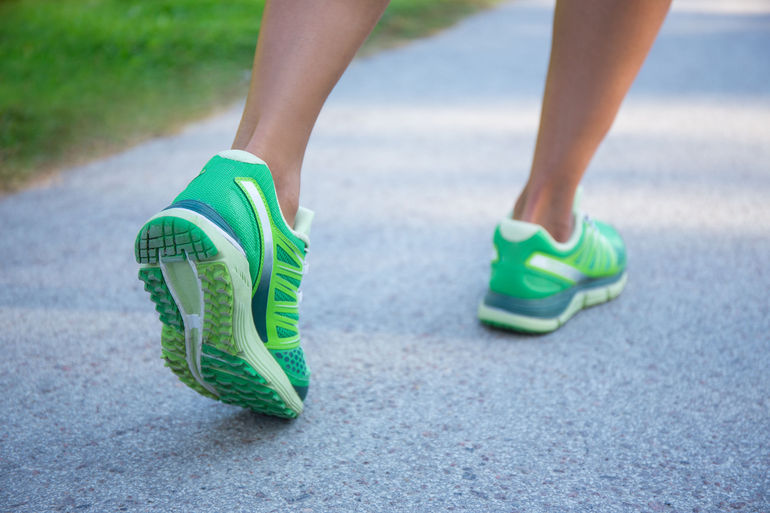The Centers for Advanced Orthopaedics is redefining the way musculoskeletal care is delivered across the region with locations throughout Maryland, DC, Virginia and Pennsylvania.
How to Prevent & Treat Bunions In Athletes

Bunions are commonly considered a problem that predominantly affects women over the age of 40, and while that demographic does make up a sizable portion of our patient base, a number of other groups are also disproportionately affected by bunions. One group in particular that can be affected by bunions are athletes of all ages. Below, we take a closer look at the athletic bunion and walk you through your treatment options.
Why Bunions Develop In Athletes
As we’ve noted on the blog in the past, a common theme with the onset of a bunion is poor footwear choices. Women are more likely to wear shoes with narrow toe boxes, but athletes are also at high risk for wearing ill-fitting shoes. Some athletes seek really tight shoes because they feel that it allows them to have better balance and control on the field, while others are susceptible to foot problems because their feet continue to grow and they try to wear an old pair of cleats longer than they should. Whatever the reason, we find that athletes are often at a heightened risk for wearing shoes that can put undue stress on their big toe joint, a key factor in bunion onset.
Another reason why athletes may be at a higher risk for bunion development is because of the forces exerted on their feet during their sport. Athletes are often asked to twist, turn, jump and sprint during practice and games, and this will challenge different areas of your feet. If your toe joints are repeatedly stressed, especially if your shoes aren’t providing ample support, it can all lead to quicker wear on the joint and eventual bunion development.
Finally, bunions can progress more quickly in athletes that refuse to take time away from the game to get treatment. Athletes are often competitive by nature, and they may put short-term team goals ahead of their long-term health. This can mean that by the time treatment is sought, the bunion is more severe and harder to treat.
Treating Bunions In Athletes
Bunions in athletes are treated similarly to bunions in any other population, but athletes tend to have a couple advantages over other groups when it comes to recovery. Treatment will be focused on getting the athlete in a proper fitting shoe that protects the big toe joint, and your doctor will cover some conservative options like icing and rest to limit swelling and discomfort. They may also recommend physical therapy to help strengthen your foot and ankle so that it can better handle stress so that the big toe joint is not overworked as easily.
Athletes tend to respond well to conservative treatments for a couple of reasons. They are typically willing to follow through with their care guidelines better than the average person, and their drive to get back on the field tends to increase adherence to their doctor’s recovery recommendations. Since athletes are usually younger than others who may develop bunions, they also have the natural advantage of a healthier body which can bounce back quicker from an injury. Finally, younger athletes will not have as much natural degeneration from decades of stress, so their bunion may not need as much direct treatment as those with more severe bunions.
However, if conservative treatments aren’t providing satisfactory results, a minimally invasive corrective procedure may be in your best interest. This will help debride the offending bone and stabilize the joint so it can handle the stress of sports. Recovery to get back on the field may take longer, but you’ll be better off once recovery has run its course.
For more information on how athletes can manage and treat bunions, reach out to The Centers For Advanced Orthopaedics today.